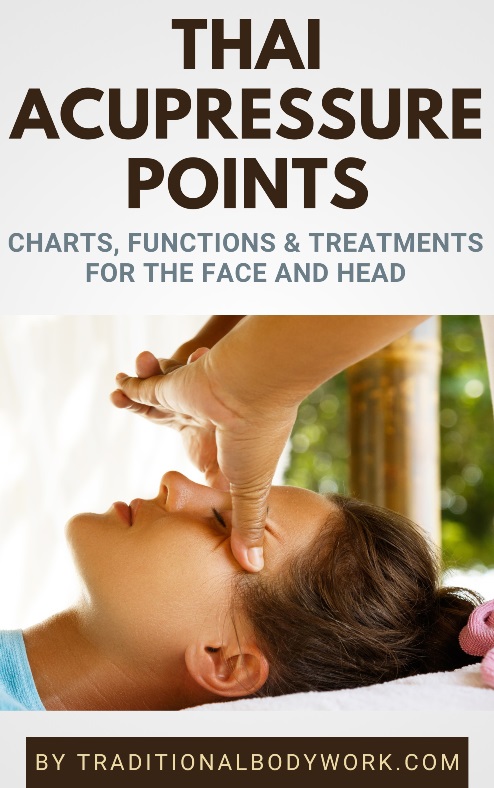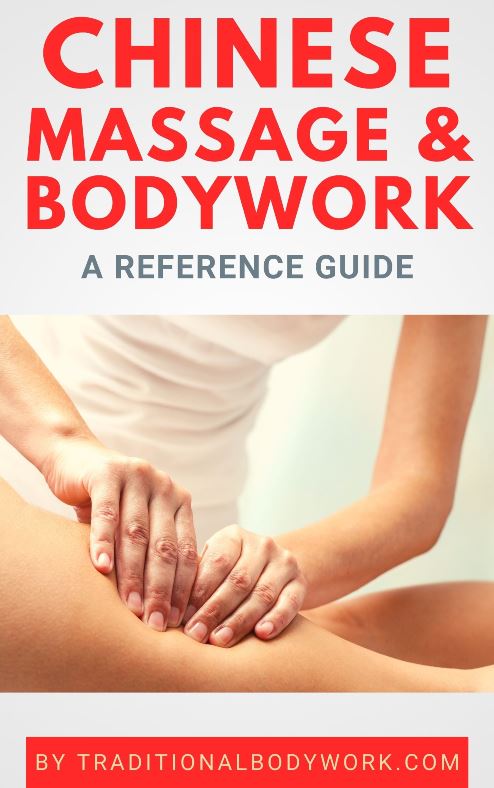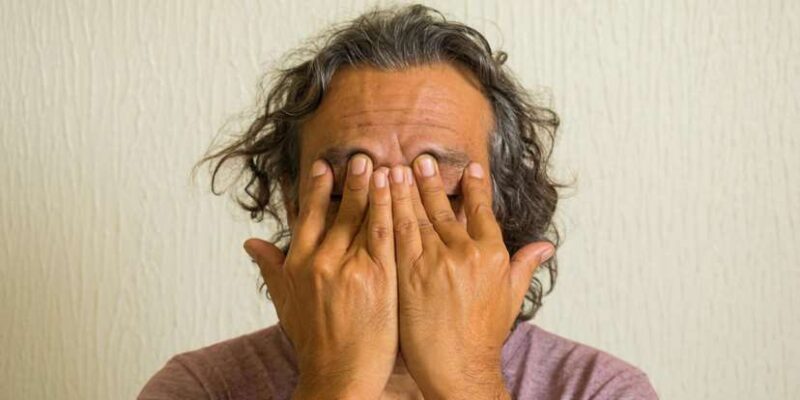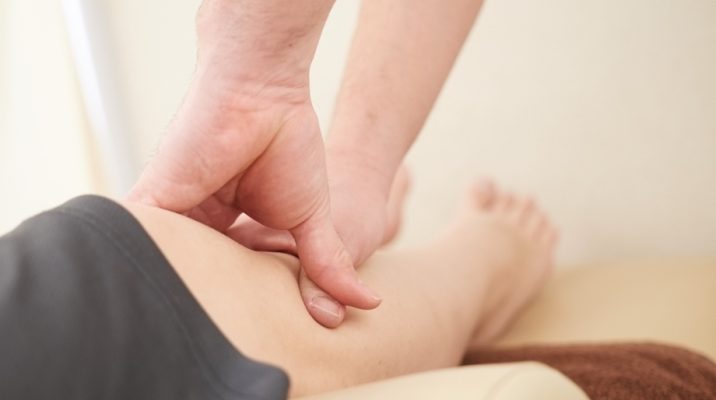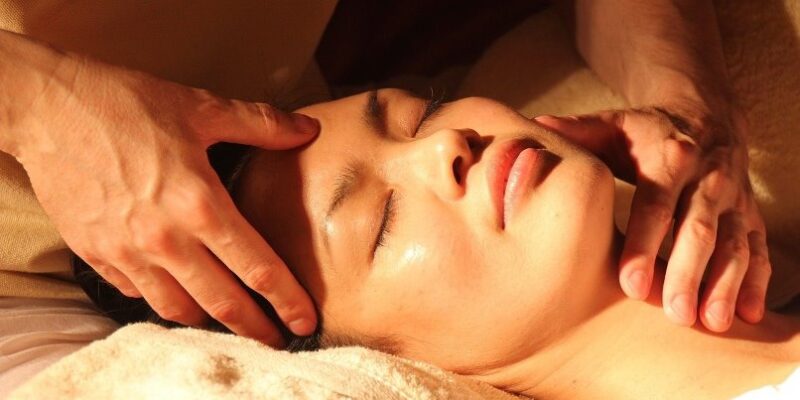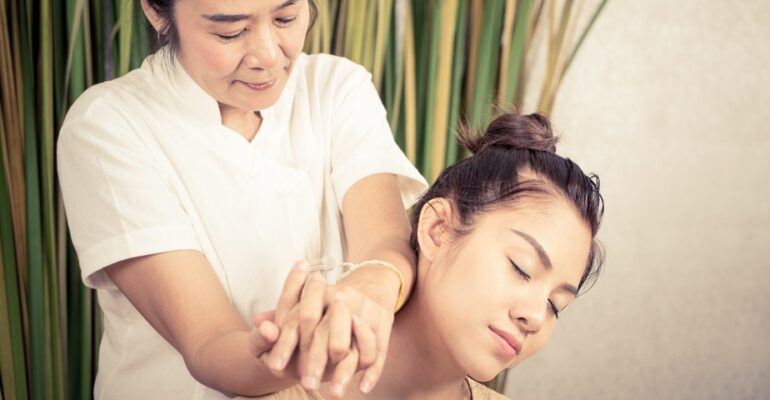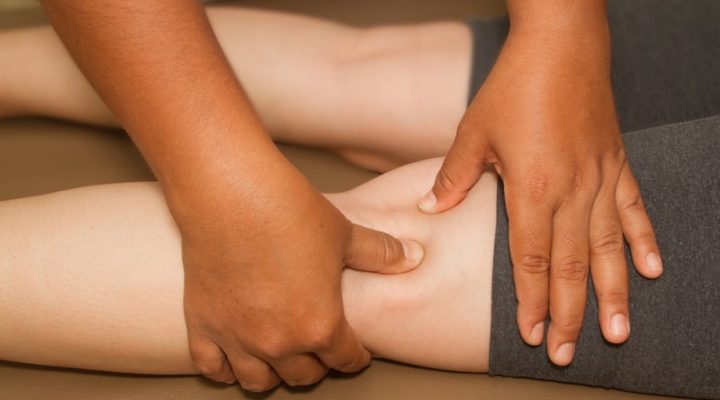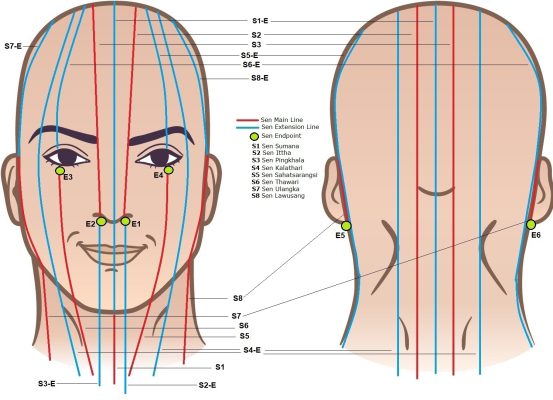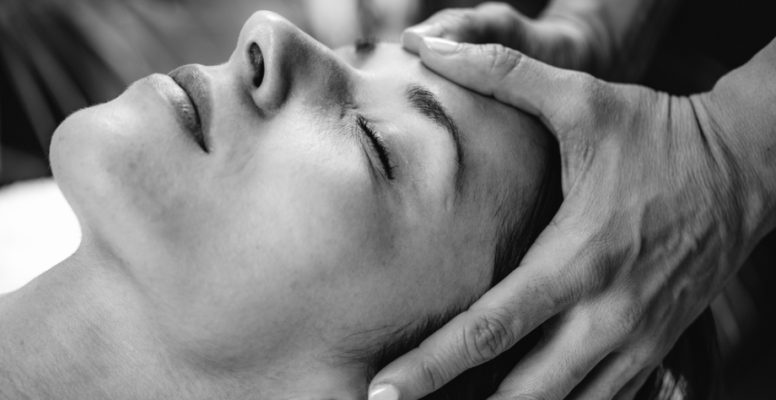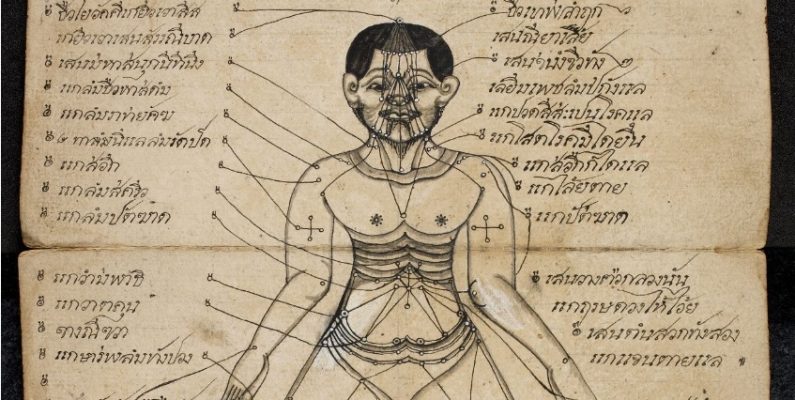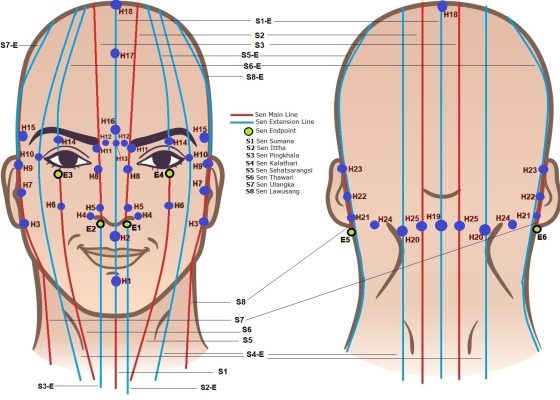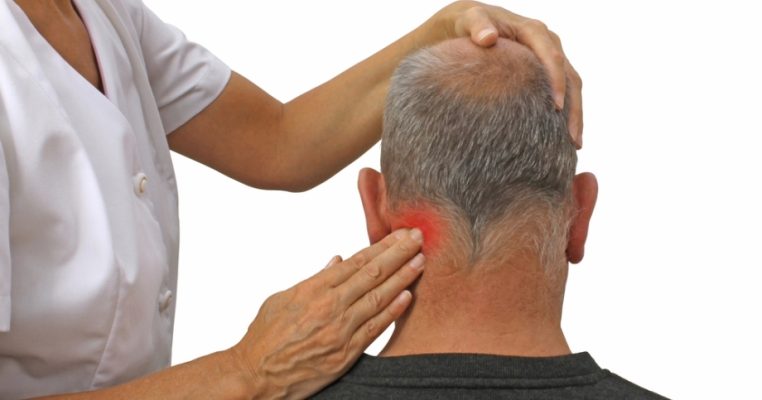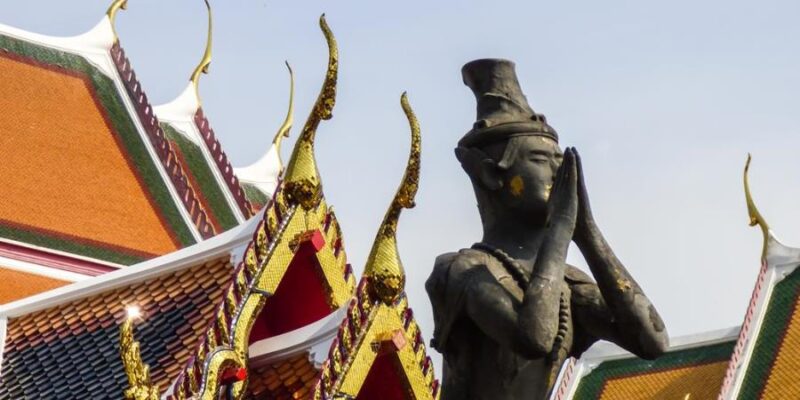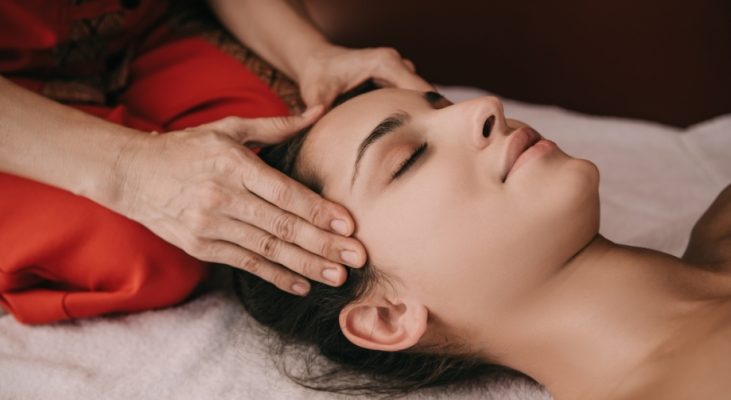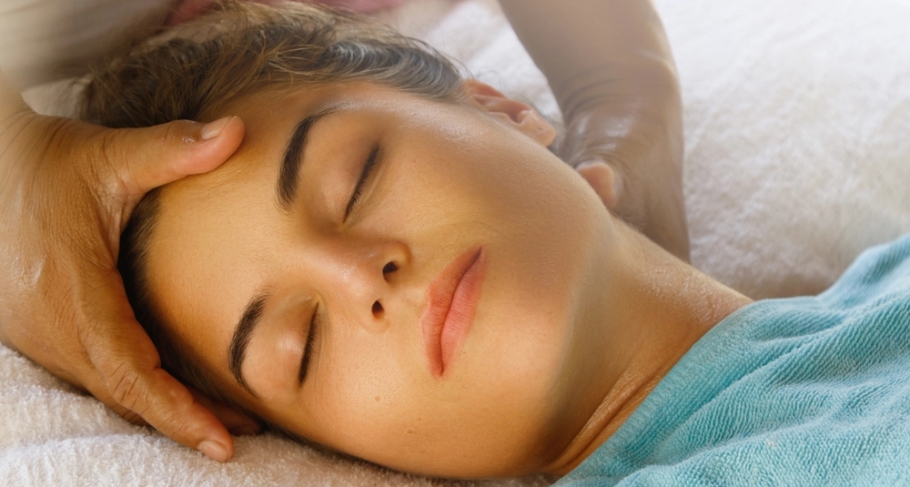
In this post, we’ll explore how we can use Thai Massage and Thai Acupressure Points to treat headaches.
Types and Causes of Headaches
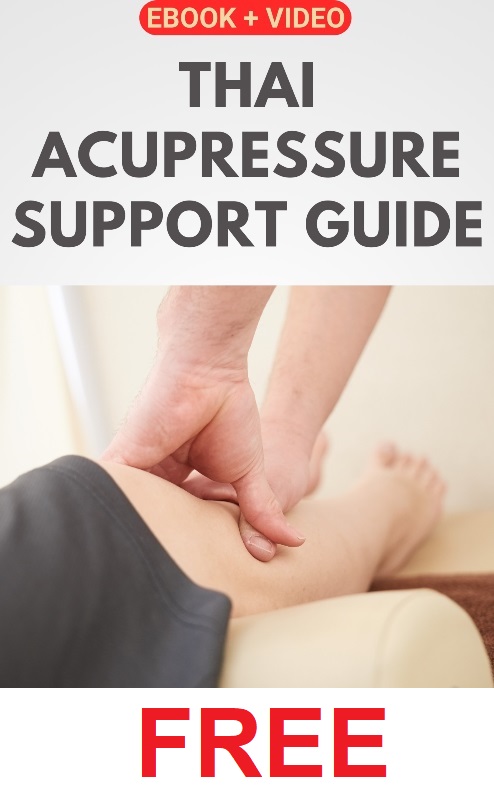
There are many types of headaches, which can manifest in many ways and moreover — can have multiple causes.
For instance, the head may feel heavy, tensed, or painful, one may experience throbbing, pulsing, or pounding at the base of the skull or at the temples, or pains may manifest at only one side of the head (which is common in the case of migraines), and so on.
The possible causes of headaches are rather diverse, which may include vision or eye-based issues, hearing or ear-based disorders, colds and flu, jaw dysfunctions, tensed or contracted neck and/or shoulder muscles, insufficient blood flow to the brain, medication, stress and anxiety, one’s diet, dehydration (drinking too little, especially in hot and dry weather), intense and prolonged mental/intellectual effort, lack of sleep, and last but not least — unknown causes.
Thai Massage and Thai Acupressure for Headaches
In Thai Massage, stretches and massage of the neck and shoulder muscles are very effective to treat headaches that are caused by tensed neck and shoulder muscles (typically the trapezius and sternocleidomastoid muscles). Tight back muscles (notably those that extent up to the neck) can also be a cause, and treating those may likewise bring relief.
In addition, you can treat several Thai Acupressure Points of the facial and cranial area to target other possible causes.
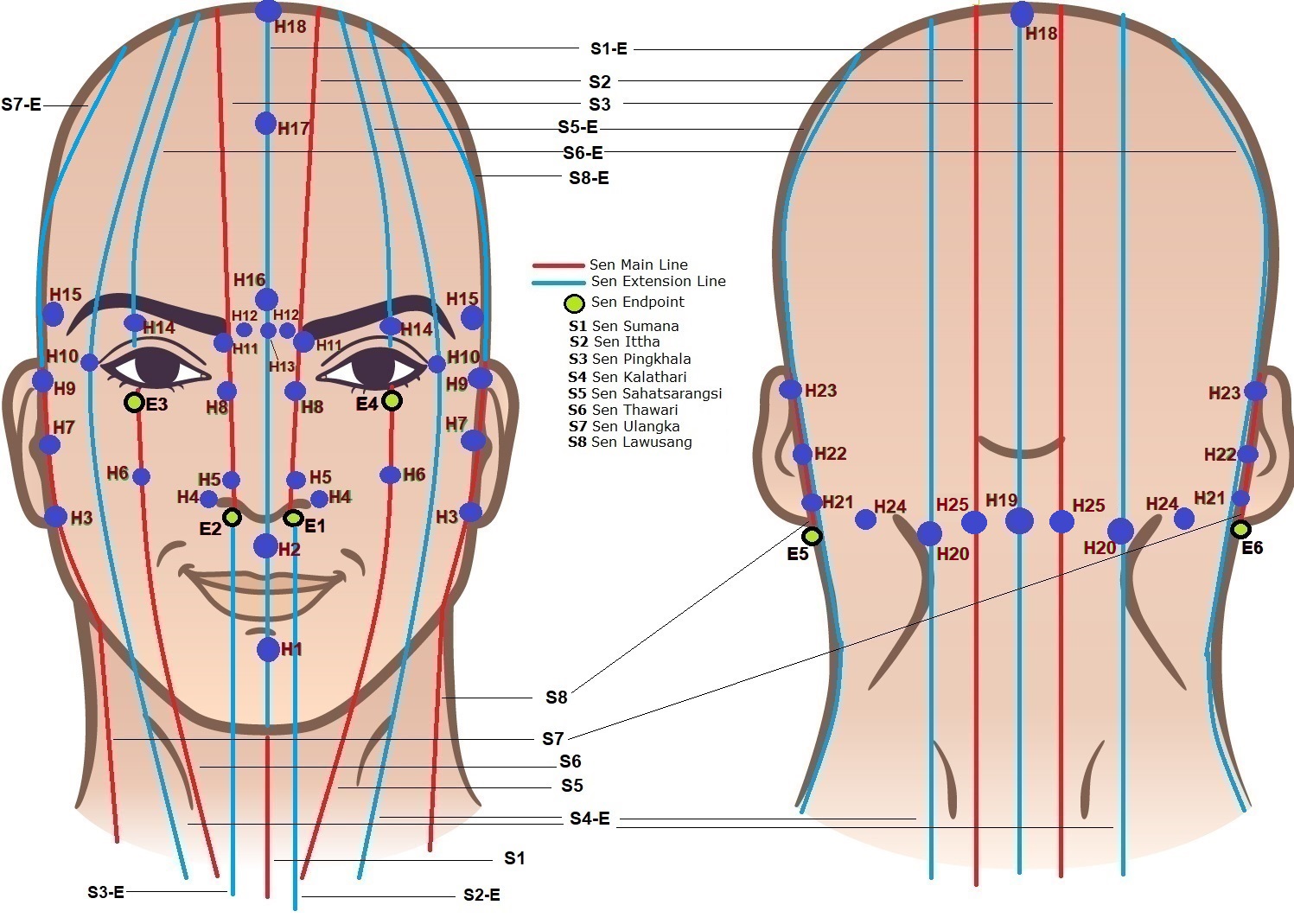
Below you find an overview of the various Thai pressure points that can be treated:
- the pressure points around the ear (H3, H7, H9 and H21, H22, H23), notably used for ear and hearing based headaches;
- Sen Endpoint E5 (Sen Lawusang) and Sen Endpoint E6 (Sen Ulangka);
- Sen Endpoint E1 (Sen Ittha) and Sen Endpoint E2 (Sen Pingkhala);
- Points H5;
- Points around the eyes (H8, H10, H11, H14), notably used for eye and vision based headaches;
- Points H12;
- The temples (H15);
- The Third Eye (H16) and point H13 directly under it;
- Points H17 and H18;
- Points H19, H20, H24, and H25 at the base of the skull.
In addition, you can also treat many of the extra points you find in the image shown below, which include treating the Sen Sumana Extension Line (S1-E), the base line of the skull, the area around the eye orbit, the outer ears, and the entire jawline.
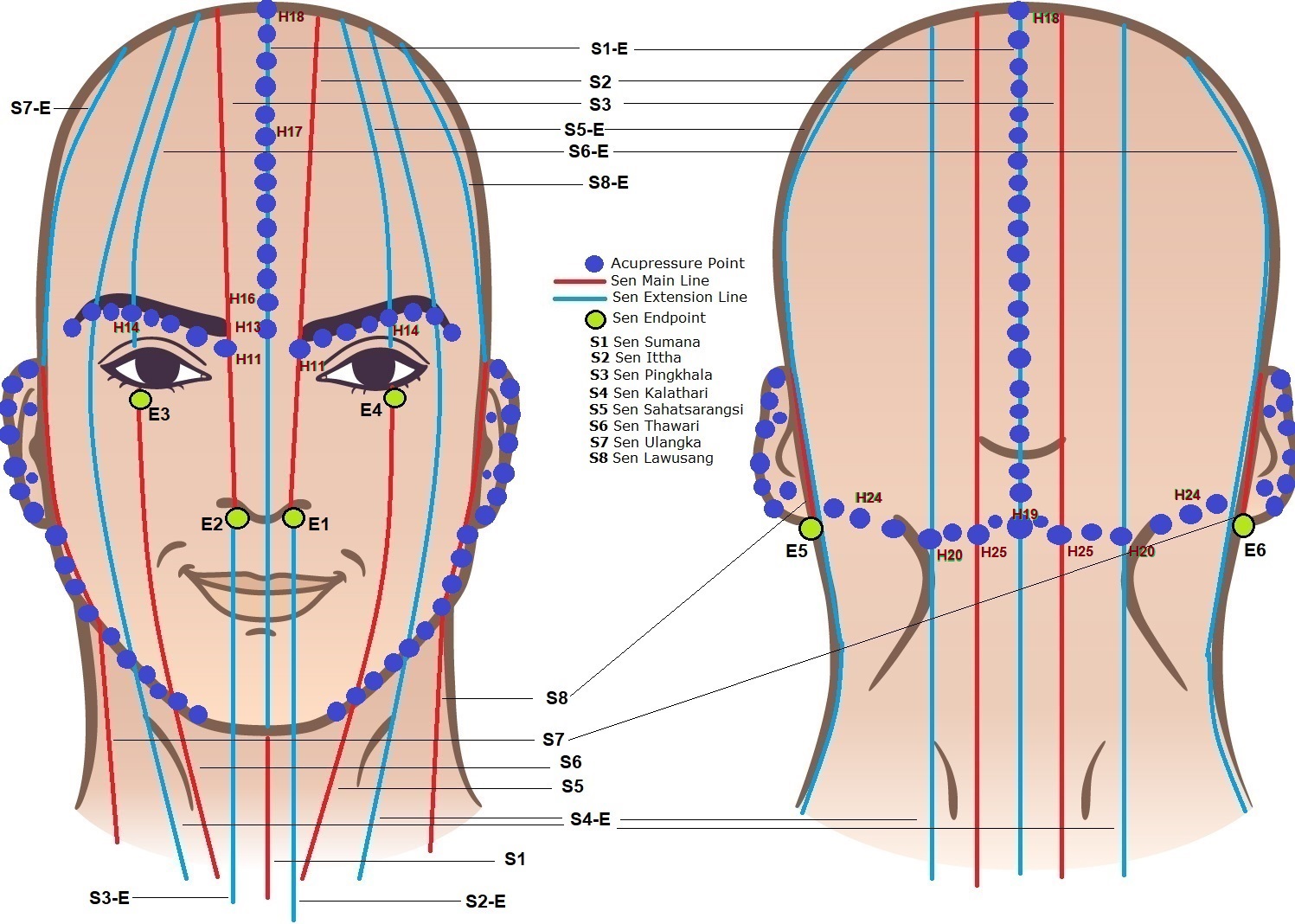
Another important consideration is to assess what exactly causes the headaches of your client, because treating the root issue is essential to bring structural relief.
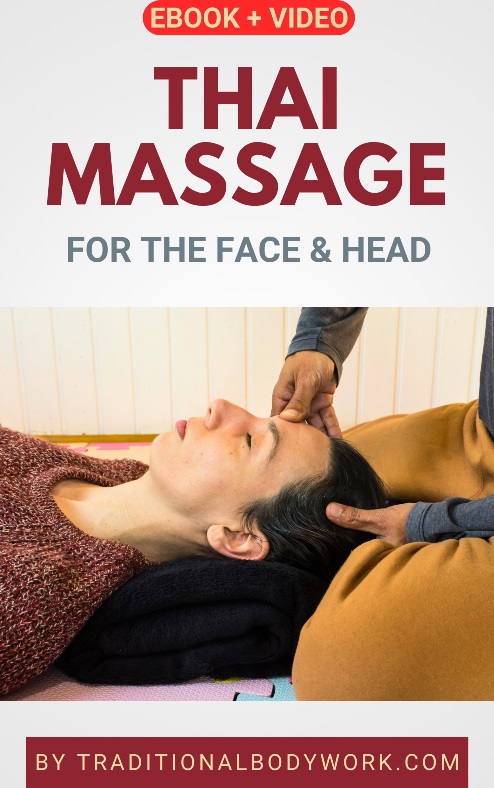
So, for instance, if someone has eye-based headaches, they may perhaps simply need glasses, and if their work demands too much concentration and intellectual effort resulting in headaches, they probably just need more breaks and rest.
And another example: if someone sleeps too little or badly, well, something needs to be done about that. And hence, if fatigue due to sleep disorders is the cause of headaches, it also means that we could treat acupressure points that are indicated for insomnia and fatigue.
At any rate, I think you get the gist of it; the situations mentioned above are just examples of how to engage in a more holistic way of working on headaches.



